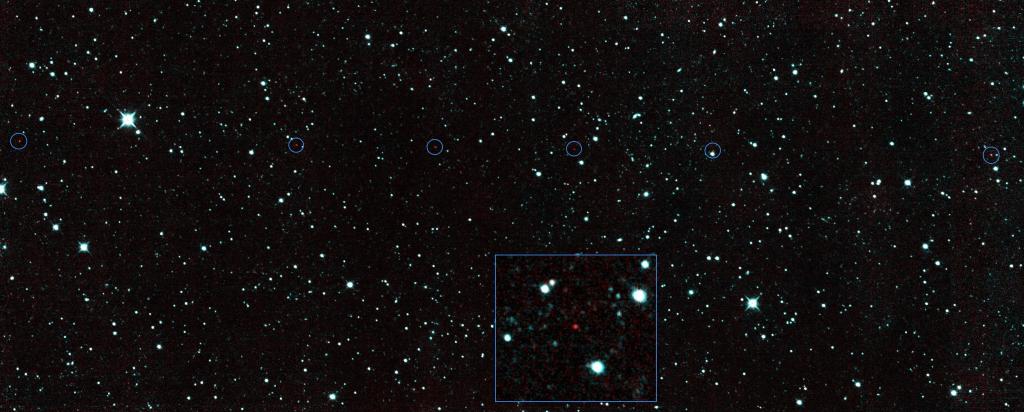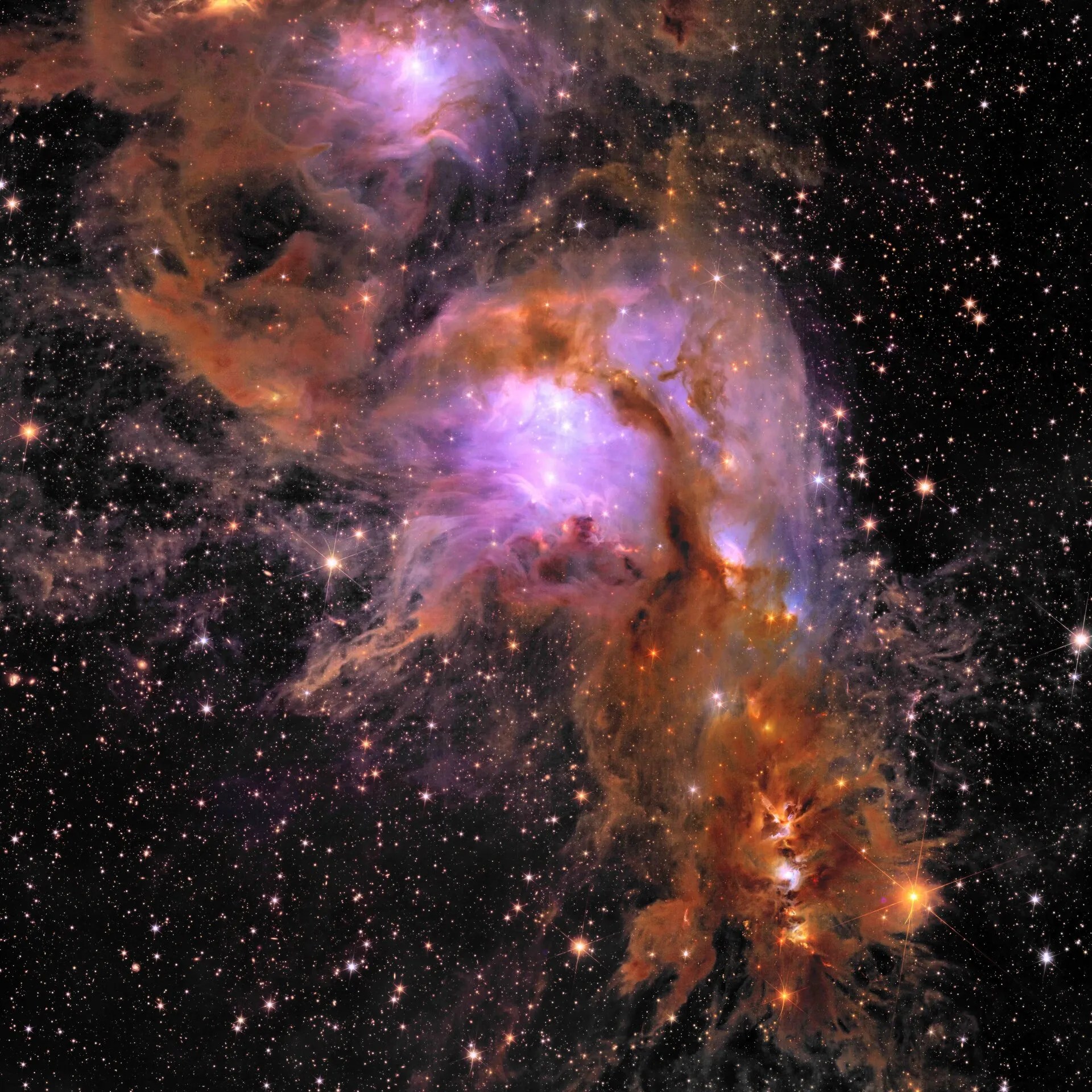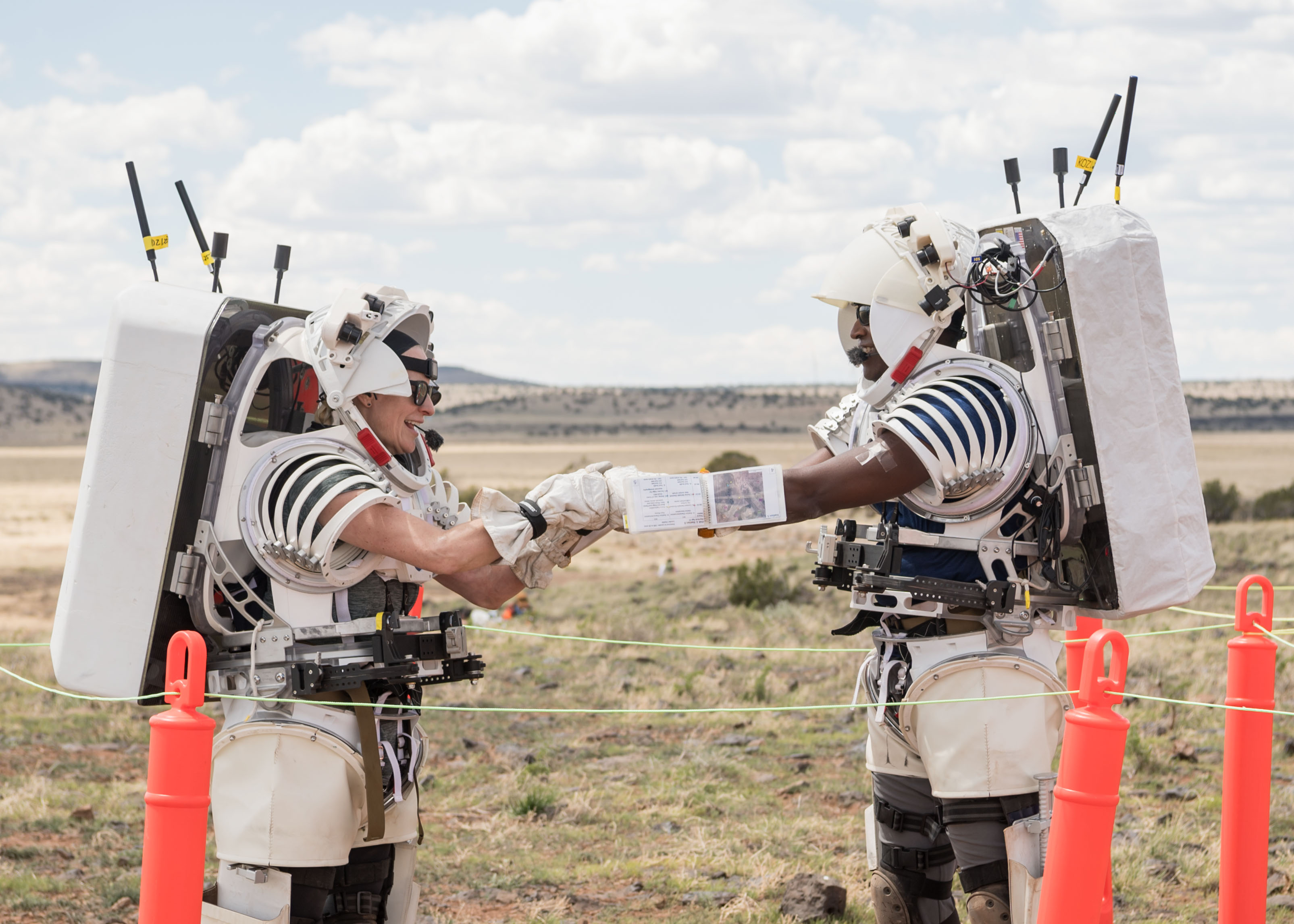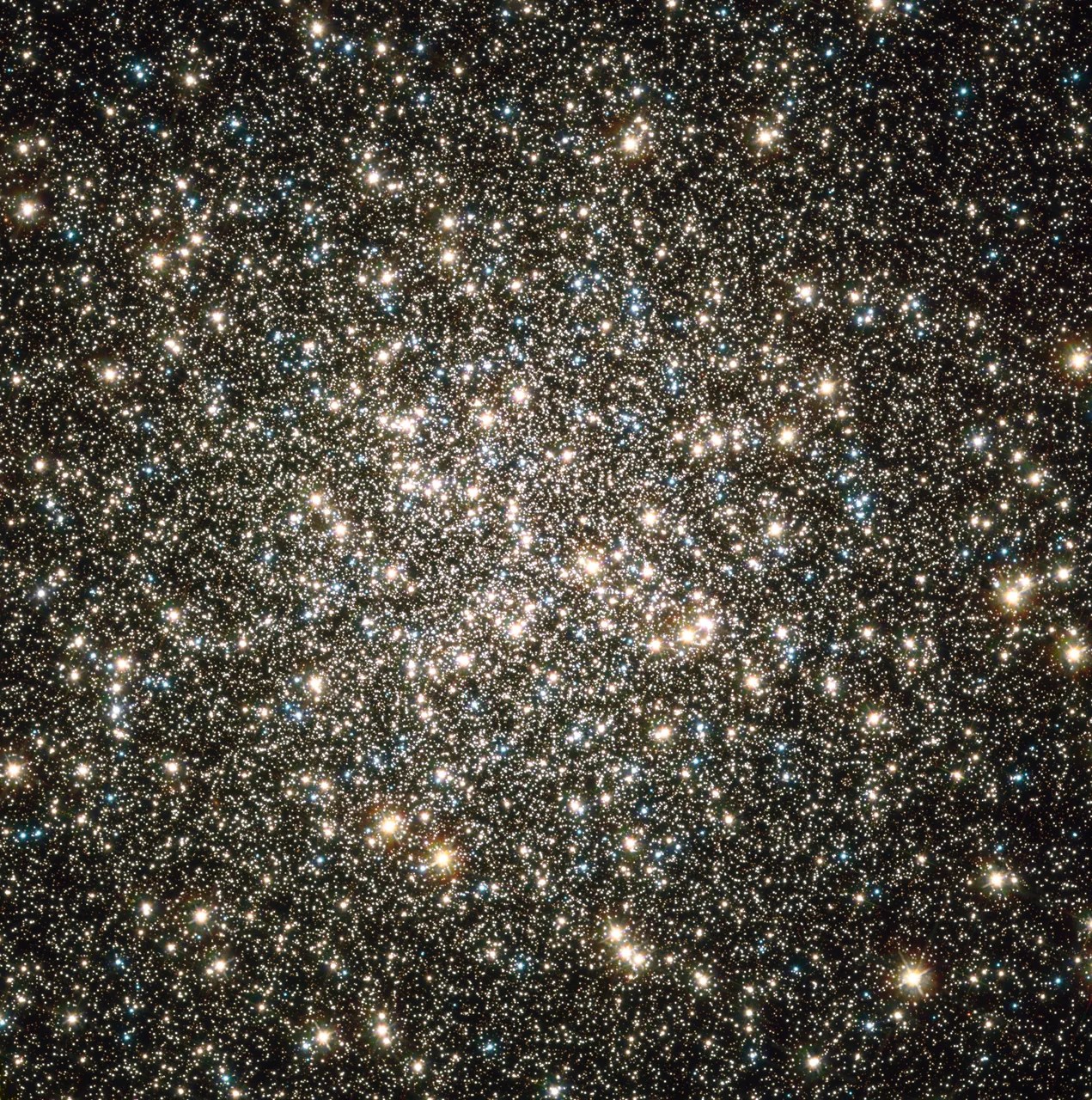The NASA Independent Verification & Validation Program has released its program highlights for Fiscal Year 22 (FY22), detailing work toward safety and mission success.
During FY22, the IV&V Program conducted critical work on some of NASA’s highest-profile missions like Artemis I, James Webb Space Telescope (JWST), Lucy, Orbital Flight Test 2 (OFT-2), and The Roman Space Telescope Digital Twin (WISP).
“NASA IV&V successfully identified, mitigated and closed 26 high priority internal and external risks having impacts on 15 projects,” according to the report. “Twenty-one of these risks related directly to software assurance. Every closed risk contributes to safety and mission success goals for the agency.”
In addition, The NASA IV&V Safety and Mission Assurance Support Office (SSO) set the stage in FY22 for NASA’s advancement of cybersecurity with the Mission Protection Services (MPS) IV&V initiative.
While the IV&V Program works to provide assurance that software will operate reliably, safely and securely, its impact in FY22 went beyond mission work. The IV&V Program is centered at the Katherine Johnson IV&V Facility in Fairmont, West Virginia, and has made economic and educational impact a priority in the Mountain State.
The Education Resource Center (ERC) is a driving force behind major STEM opportunities all across the state including the West Virginia Robotics alliance, STEM competitions for students to showcase their skills and gain access to further opportunities, and educator workshops to further the availability and depth of science and technology education.
That educational outreach coupled with internships spawned more than an estimated 9,600 individual direct student interactions in FY22.
Economic impact in West Virginia can be attributed to labor income and tax revenue. When multipliers are applied, this is estimated to account for $47.8M in labor income and $139.2M in economic output in the state.
The IV&V footprint is one that, in FY22, reached multiple corners of West Virginia, the United States, and NASA, while making strides in mission success contribution. To see the entire Program Highlights report: ivv_fy2022_program_highlights.pdf (nasa.gov)
For more information, contact:
Clarissa R. Cottrill
Communications Specialist
NASA IV&V Program Strategic Communications Office
Clarissa.r.cottrill@nasa.gov

























